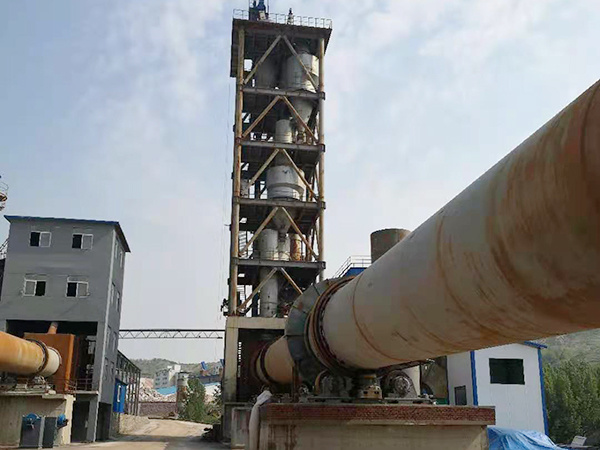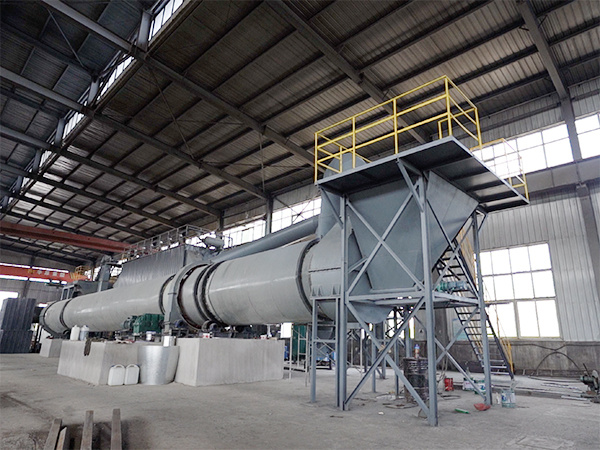产品详情
At present, a number of process technologies and equipment levels in the entire process of ferromolybdenum smelting have been greatly improved, with major breakthroughs in several key technologies. The molybdenum concentrate rotary kiln roasting production system has achieved automatic control operation, with the thermal energy consumption and CO2 emission approaching zero during the production process, and the product recovery rate reaching over 98.5%. Ferromolybdenum smelting has achieved advanced technologies such as automatic batching, water flushing, or dry slag removal. The roasting tail gas can be used to directly produce acid or produce multiple environmental protection products such as sodium sulfite.
Technological process and characteristics:
According to the entire production process, the entire process of ferromolybdenum smelting is divided into four major sections: roasting system, smelting finishing system, slag treatment system, and tail gas treatment system.
1. Baking system: The energy-saving carbon free baking rotary kiln is used for baking. Currently, the maximum diameter of our carbon free baking rotary kiln reaches 3 meters, and the daily output reaches 40 tons.
2. Smelting and finishing system: All adopt automatic control systems to reduce labor intensity while improving product recovery throughout the production process.
Slag treatment system: A small amount of protective iron slag and solid slag at the bottom of the smelting furnace contain a small amount of ferromolybdenum. The method of crushing and shaking table gravity separation is adopted to recover ferromolybdenum from the slag.
4. Tail gas treatment: Currently, there are two main methods for the treatment of molybdenum concentrate roasting flue gas in China: the production of industrial sulfuric acid and the production of sodium sulfite. After treatment, the molybdenum concentrate roasting flue gas meets the standard and is discharged.
Keyword:
合作案例
undefined
Message






